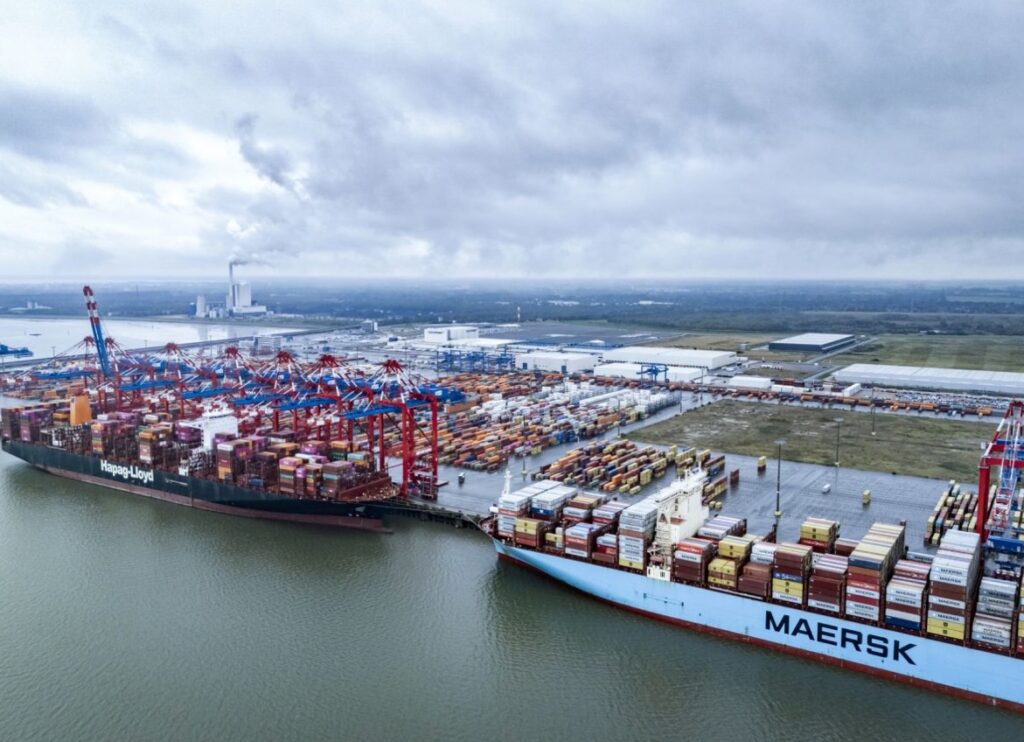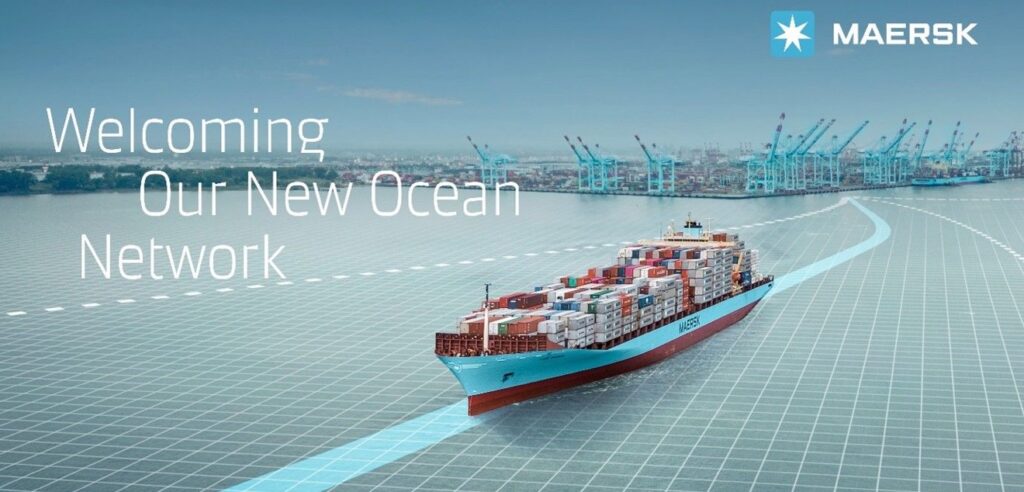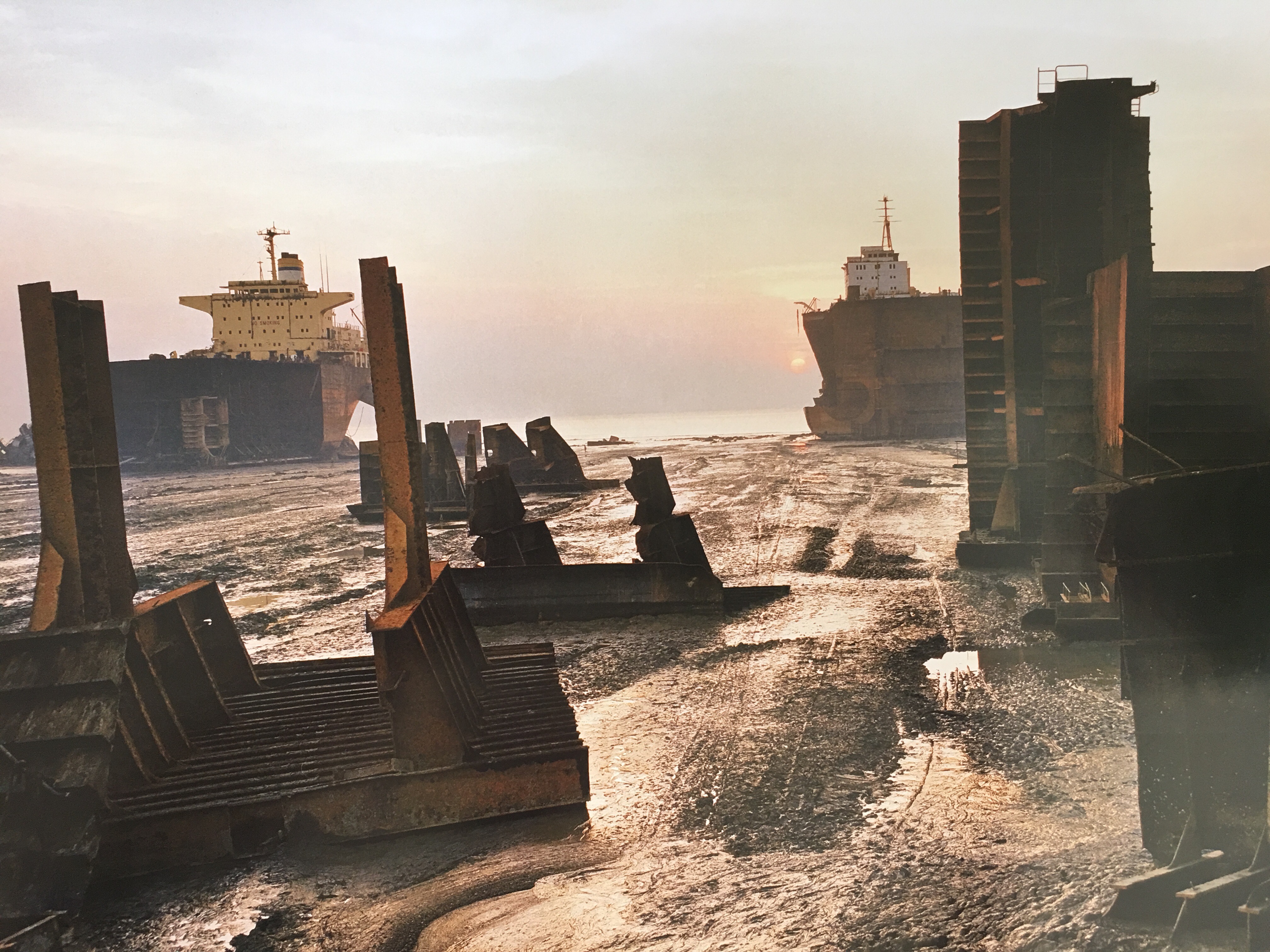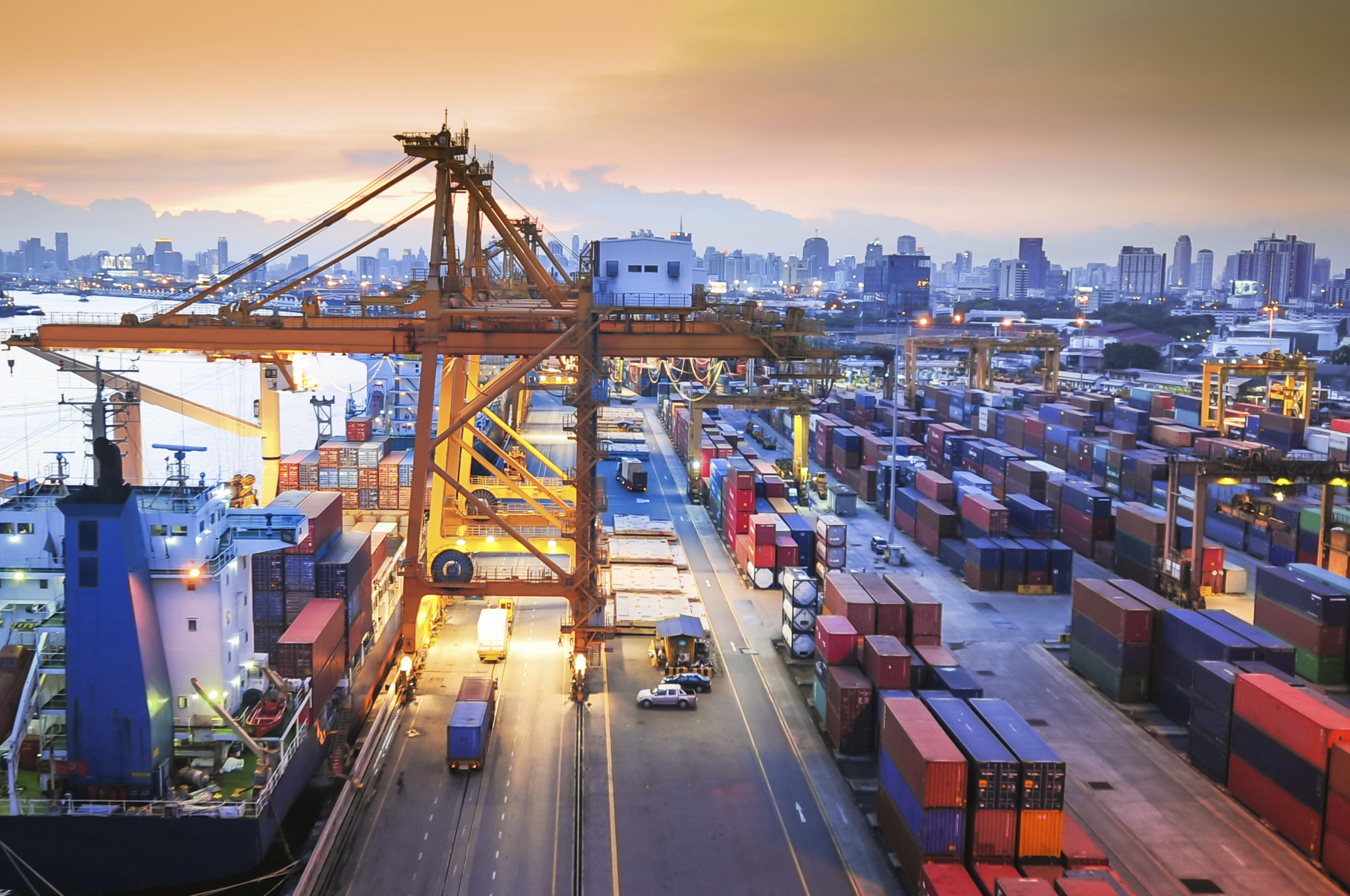Today, the network of the future is born.
Our CEO Vincent Clerc writes ”I am very proud that, together with Rolf Habben Jansen, whose partnership has been key in this collaboration, we are launching our new ocean network with Hapag-Lloyd AG. By leveraging the strengths of both companies, we have built an interconnected and reliable ocean network that is better equipped to serve the diverse needs of our customers.

With this launch, we’re reaffirming our commitment to achieving ambitious schedule reliability targets as the network is fully phased in over the coming months. This operational collaboration strengthens our ability to deliver consistently, giving our customers the predictability and flexibility they need to grow and succeed in a rapidly changing market.

This achievement is the result of dedicated hard work and collaboration across our teams, from designing the network to preparing our vessels and hubs. A heartfelt thank you to everyone involved in bringing this network to life.
I’m very excited to finally reach this day and look forward to serving our customers through our new East West network!”
This is a game changer for the entire industry.
Together with our partner Altana we in Maersk have an advanced solution for managing your UFLPA Forced Labor risks.

The U.S. Department of Homeland Security added 37 new entities to the UFLPA Entity List — BUT– What does that really mean?
Without context, it’s just a number. What trade compliance managers need to know is: How many US importers are impacted and is mine one of them? How many global companies are implicated and are any of them hidden deep in my value chains?

Altana’s latest blog puts Entity List additions into context—so companies can take action, not just take note. Read more here: Blog
Contact us if you want to manage your risks with our market leading solution.
The USCBP Office of Trade facilitates legitimate trade, enforces U.S. laws, and protects the American economy as well as consumer health and safety.

But did you know that the Office of Trade is also the architect of the most robust customs system in the world, generating the second largest revenue source for the U.S. Government? CBP Trade collects approximately $90 billion in duties, taxes, and fees annually.
Learn more about the important work they do ➡️ https://www.cbp.gov/trade






You must be logged in to post a comment.